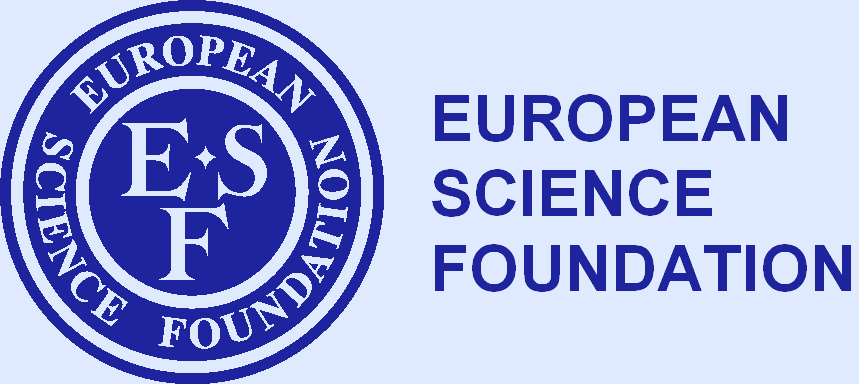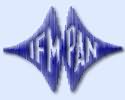SPINTRA - Aims and Objectives
The project is designed to develop fundamental research in creating, storing, manipulating and transporting the electron spin coherently using hybrid ferromagnet/semiconductor structures and multilayers, but it will also have far reaching implications in applications. On the engineering side, the top level expertise of the participating experimental teams in preparing magnetic films and multilayers is expected to produce novel protocols for the design and miniaturization of electronic devices down to the nanoscale, in close interaction with the theoretical modeling activity, leading to an improved understanding of the mechanisms of coherent manipulation of quantum states.
Ten teams of the joint SPINTRA project will focus their studies on two objectives:
- Research of spin-polarized transport in hybrid nanostructures: fabrication of spin filters and detectors.
- Research of correlated electronic transport and current induced magnetic switching in nanoscale devices.
The first subject concerns studies of spin-polarized electronic transport in various hybrid nanostructures, such as semiconductor heterostructures doped by magnetic ions, semiconductor/metallic ferromagnet nano-spin valve. Our goal is to understand spin polarized electronic transport and search for spin filters with a maximal efficiency. The spin filter is a fundamental element for spintronics devices, which have to operate on spin degree of freedom. Our project proposes to construct new types of spin filters with high efficiency based on the local Zeeman barrier in quantum point contacts [1] and on the Stern-Gerlach effect [2]. Another important aspect for spintronics is spin detection. We propose to fabricate 3-terminal quasi-ballistic quantum wire system combined with a local magnetic field gradient to detect spatially separated spin currents. The Andreev reflection and a recently discovered spin Hall effect (SHE) [3] are promising for the spin detection. In the SHE, electrons with opposite spins are pushed to opposite sides of the sample in the direction perpendicular to the current. The SHE might have the ability to electrically generate large degree of spin-polarizations in spatially small-confined regions which can be hardly realized by conventional methods, such as spin-injection, optical spin-orientation or by applying external magnetic fields.
In the second objective we want to study coherent transport through nanostructures, when passing electrons interact with many-electron states. The current characteristics are modified by local spin and charge fluctuations, which can lead to the Kondo resonance. In the coherent regime quantum interference processes can play a role, which can be manifested in the Kondo-Fano resonance [4]. The research is fundamental for detection of coherent states and construction of nanodevices operating in coherent regime. We will also look for entanglement by using coherent electron pair injected from superconductors to semiconductors.
The second objective includes also current-induced magnetic switching due to spin from conduction electrons to localized magnetic moments [5, 6]. Our interest will be focused on the understanding spin transfer torque in different nanoscopic structures, like metallic nanopilars, tunnel junctions, and single electron devices. Theoretical results will be correlated with experimental ones obtained in the framework of the CRP. This issue is of importance for applications in magnetically controlled logic and low-power non-volatile memories. Apart from the magnetic switching between different equilibrium states, current-induced torque can also lead to stationary precession modes, which are supported by the spin current. The possibility of microwave generation controlled by spin current has obvious advantages over the conventional methods based on the application of an external magnetic filed. Our aim is to study the current-induced dynamics both experimentally and theoretically. This includes dynamics of single-domain bodies as well as dynamics of the domain walls in multi-domain systems
These objectives will be accomplished by complementary expertise and resources of the teams, by extensive collaboration of participants: in modeling and design of devices, in nanostructure fabrication, in studies of physical properties and their theoretical description.
References:
- G. Grabecki, J. Wróbel, T. Dietl, E. Papis, E. Kaminska, A. Piotrowska, G. Springholtz, and G. Bauer, Physica E 13, 649 (2002).
- J. Wróbel, T. Dietl, A. Łusakowski, G. Grabecki, K. Fronc, R. Hey, K. H. Ploog, and H. Shtrikman, Phys Rev. Lett. 93, 246601 (2004).
- J. Wunderlich, B. Kaestner, J. Sinova, and T. Jungwirth, Phys. Rev. Lett. 94, 047204 (2005).
- P. Stefański, A. Tagliacozzo, and B. R. Bułka, Phys. Rev. Lett. 93, 186805 (2004).
- J. C. Slonczewski, J. Magn. Magn. Mater. 159, L1 (1996).
- J. Barnaś, A. Fert, M. Gmitra, I. Weymann, and V. K. Dugaev, Phys. Rev. B 72, 24426 (2005).

